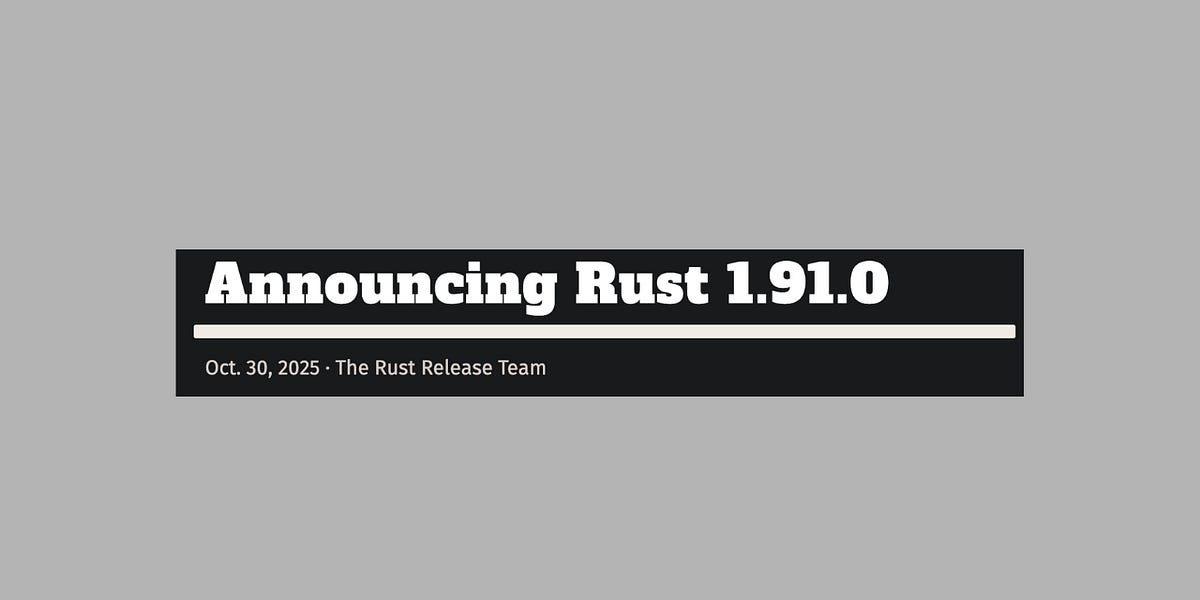Congestion pricing turned six months old Saturday, and a new report from the governor’s office says the tolling program is reducing traffic in the city, among other benefits.
The number of vehicles is down 11%, according to the report released Saturday, with 67,000 fewer vehicles entering the Congestion Relief Zone every day.
More than 10 million fewer vehicles have entered the zone compared with last year.
What You Need To Know
- Congestion pricing turned six months old Saturday, and a new report from the governor’s office says the tolling program is reducing traffic in the city, among other benefits
- More than 10 million fewer vehicles have entered the zone compared to the same period last year, with traffic delays down in the zone by 25% and across the metropolitan region by 9%
- Improvements to air quality and a decrease in noise pollution have also been measurable since congestion pricing was implemented, according to the report
- The MTA says transit ridership has increased from January to May this year when compared with the same period in 2024
Traffic delays are down in the zone by 25% and across the metropolitan region by 9%, according to data from the Regional Plan Association and Waze cited in the governor's office report.
“Six months in, it’s clear: congestion pricing has been a huge success, making life in New York better,” Gov. Kathy Hochul said in a statement.
The governor’s office report says crashes in the zone are down 14%, with traffic injuries in the zone down 15%. Earlier this week, the city Department of Transportation released data showing that pedestrian fatalities on city streets are at historic lows, matching levels last seen in 2018.
Improvements to air quality and a decrease in noise pollution have also been measurable since congestion pricing was implemented, according to the report.
Vehicle-related noise complaints to 311 are down by 45% in 2025, officials say, and another report released earlier this week by the city Department of Health and Mental Hygiene showed steady or decreasing levels of fine particle air pollution at most sites, both inside and outside the zone.
Critics argue congestion pricing is an “unfair tax,” including Staten Island Rep. Nicole Malliotakis, who has supported the Trump administration’s fight to cancel the program.
Others have said it would hurt businesses in the congestion zone. The report, however, says pedestrian activity inside the zone was up 8.4% in May, compared with the same period last year, while outside the zone only saw an increase of 2.7%.
The MTA says transit ridership has increased from January to May this year when compared with the same period in 2024.
“The program is achieving all of its goals in terms of traffic reduction, increased travel speeds, safety, noise reduction and more,” MTA Chair and CEO Janno Lieber said in a statement.
All modes of public transit have had post-pandemic record high ridership in the first half of 2025, according to the transportation agency.
Subway ridership is up 7%, buses up 12%, the Long Island Rail Road saw an 8% increase, a 6% uptick for Metro-North ridership and a 21% increase for Access-A-Ride.
The MTA says subway on-time performance in May was 85.2%, the best in recorded history, and bus speeds have increased by an average of 3.2% within the zone, with some routes increasing by as much as 25%, which the agency attributes to congestion pricing.
The MTA says the money generated by the tolling program will go to funding transit projects across the network, including new subway and commuter cars, signal upgrades, accessibility improvements and a tunneling contract for phase two of the Second Avenue Subway.
.png)




